The Calligraphy Tool
Ctrl + F6 or C
What a goose quill was in antiquity, is Inkscape’s calligraphy tool in the digital world. Ideally, it should be used with a graphics tablet and stylus, with one hand on the graphics tablet and the other one on the keyboard, which moves the canvas, so one can write without interruption.

A varied set of options exists for simulating different brushes, in case the default brushes that come with Inkscape do not suffice.
- Dip Pen
Emulates a bevelled pen tip.
- Marker
Emulates a round and regular tip.
- Brush
Emulates a soft, thinning ellipse.
- Wiggly
Emulates a very jumpy round brush.
- Splotchy
Emulates a quill.
- Tracing
This allows you to emulate an engraving, by drawing more or less regular lines over a drawing that serves as a model.
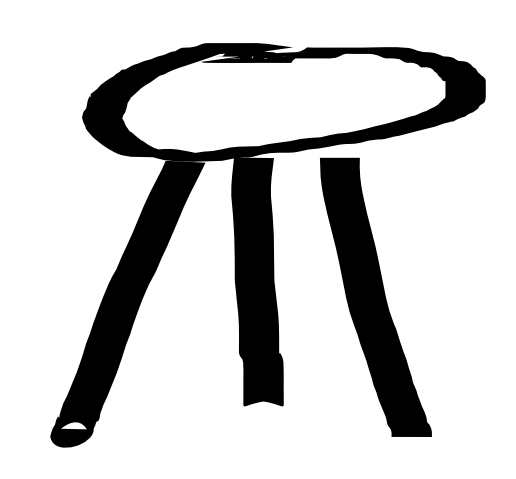
The ends of a line drawn with the Dip Pen setting are cusped.
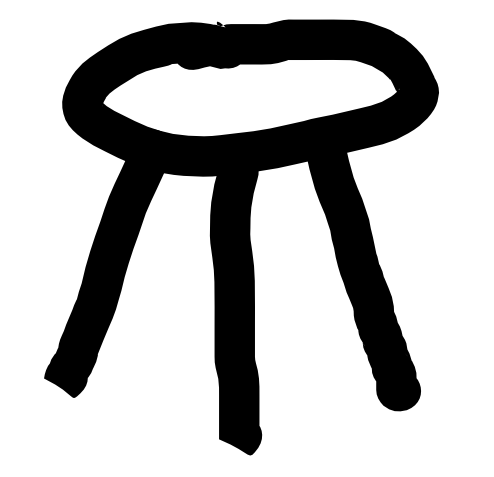
With the Marker setting, the paths look smooth and their ends are rounded.
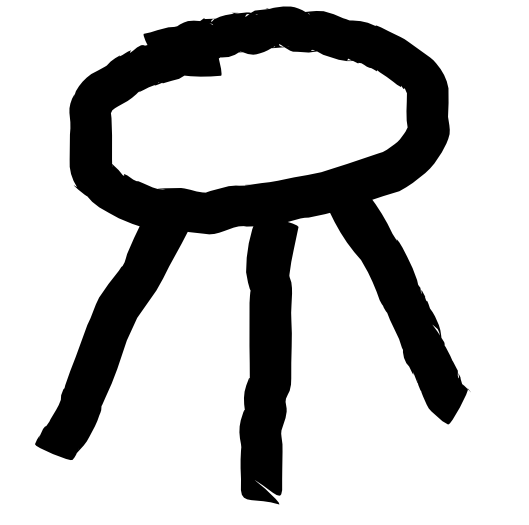
The setting Brush creates slightly rounded and uneven strokes.
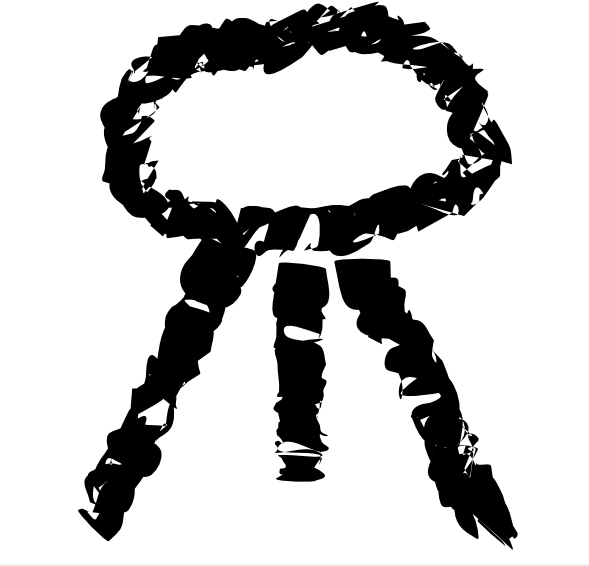
The Wiggly setting allows you to draw very organic shapes.
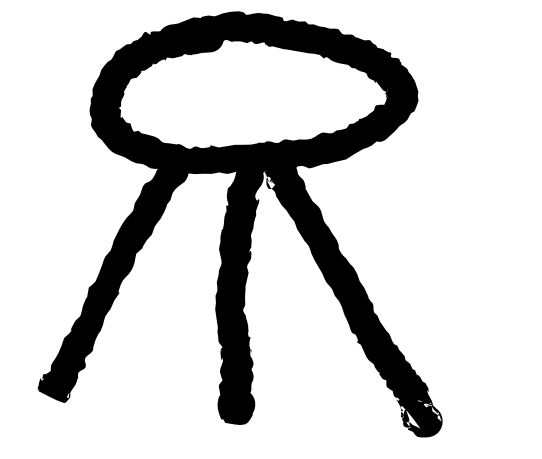
When set to Splotchy, the result looks a bit like calligraphy.

With the calligraphy tool setting Tracing, drawings that look like an old engraving can be created. The image below serves as a model.
The button to the right, Add or edit calligraphic profile, allows you to save and load the settings made in the following options, under a brush name of your choice.
Every brush is a result of the following parameters:
- Width
Here you can set the width of your brush.
Pressure sensitivity
This option is only useful when a graphics tablet is used for drawing.
Trace lightness
Needs to be active when you want to use the Engraving feature.
- Thinning
Determines the width of the brush stroke at the start and end of the line.
- Angle
Determines the quill’s angle.
- Fixation
Determines how much the angle will change when the draw direction changes.
- Caps
Determines the shape of the brush stroke’s ends.
- Tremor
Adds a little randomness to the brush stroke.
- Wiggle
Adds the unexpected.
- Mass
Simulates the weight of the tool used, which has an impact on the stroke’s shape.
Like the Pencil tool and the Pen tool, the Calligraphy tool can create dots. Simply click in place without moving the mouse to create a small dot or hold Shift and click to create a large dot.